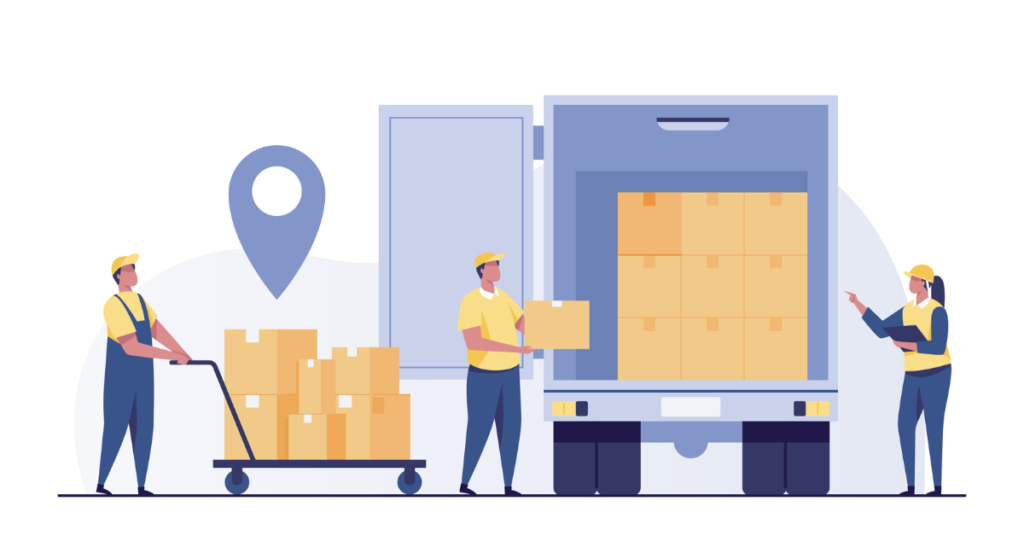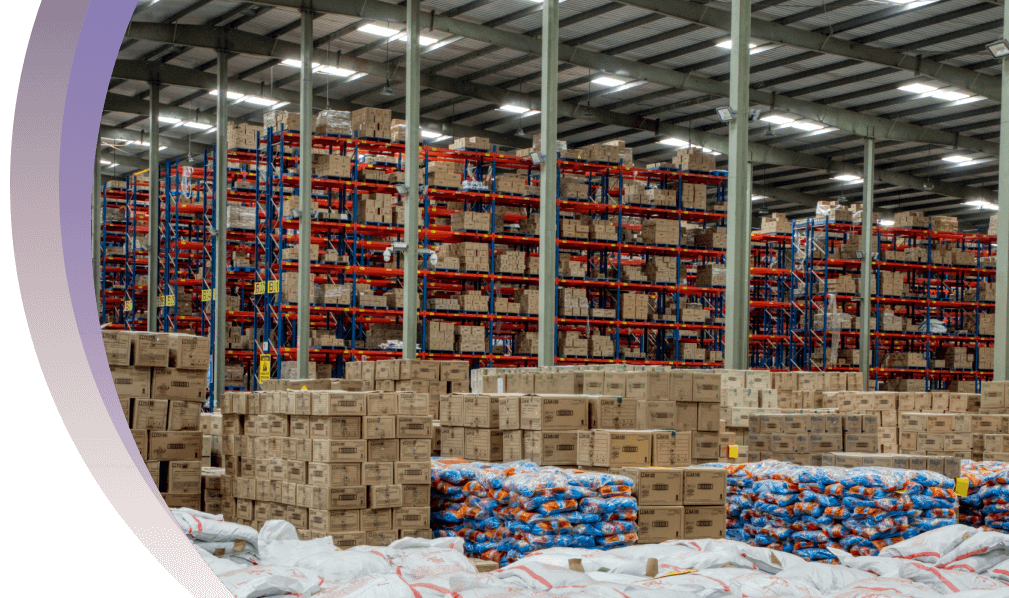
Supply chains are life of contemporary economies. Your supply chain is made up of two components: inbound logistics and outbound logistics. Economy of any country wouldn’t function without inbound and outbound logistics and any company that sells goods must deal with both inbound and outbound logistics.
What is logistics and its processes?
Logistics facilitate the transfer of goods and services from the producer to the consumer. There are a number of processes in a supply chain, and inbound and outbound logistics are important ones. To better understand where and how your business may create the greatest logistics solutions, let’s look at what inbound and outbound logistics are.
So what do inbound and outbound logistics entail?
What is inbound logistics?
The processes that bring the supplies or goods to your company are referred to as inbound logistics.
What is Outbound logistics?
Outbound logistics takes control after the finished product is in your warehouse. The activities involved in and required for delivering goods to clients are collectively referred to as the outbound logistics stage.
Securing the supply for your business is the aim of inbound marketing. The objective of outbound is to satisfy demand.
INBOUND AND OUTBOUND LOGISTICS
The production of efficient supply chains with enhanced productivity and sales, as well as improved vendor and customer relationships, results from the alignment of outward and incoming logistics.
INBOUND LOGISTICS
Processes that fall under inbound logistics?
The phrase “Inbound logistics” refers to everything that takes place between obtaining the product’s raw components and the time the finished item enters the warehouse to await orders.
The inbound procedures include
- Locating resources
- Managing the flow of goods from the source to the factory and from the factory to the warehouse
- Warehousing
Your supplies and goods must be transported, stored, and received by the companies involved in inbound logistics. Your goods travels from the source through manufacturers, freight providers, and finally arrives at your warehouse.
The advantages of inbound logistics
Any company must have an effective inbound logistics system to guarantee a constant flow of items into its warehouse. Additionally, it offers the following advantages:
- Improvements in the delivery times for shipments
- Increased client trust and happiness
- Minimises the risk of product damage
- Improved inventory control
- Prompt updates to lessen disruptions
- Constant rates of output
OUTBOUND LOGISTICS
All operations that take place after the customer places their order are referred to as outbound logistics. After the package is delivered, this comprises general customer service, returns, and order fulfillment and last-mile delivery.
Outbound procedures comprise
- Processing inventory at the warehouse and verifying it
- Orders are picked up and packaged as they arrive for Last-Minute Delivery
- Returns and customer support after delivery
- When orders are packaged and sent to the customer, logistics is considered to be in the outbound phase
The advantages of outbound logistics
Outbound logistics is customer-focused, guaranteeing that the goods and products delivered on schedule are of the highest caliber. The numerous advantages include:
- Faster and punctual deliveries
- Decrease in cancellations
- Decreased delivery errors
- Increased client loyalty and satisfaction
- Decreased returns
- Less damage from transit
- Effective planning for business
- Lower costs for the companies and the buyers
How may KPIs be used to optimize inbound and outbound logistics?
Using a list of the most illuminating KPIs, or key performance indicators, will help you identify areas where you are excelling and those that require improvement or outside assistance. KPIs use data analytics to provide performance information for particular business areas.
KPIs for Inbound Processes
The following are the key metrics that merchants are monitoring in the inbound processes:
- Bill of Lading correctness
- Times for loading and unloading
- Lead periods
- Production duration
Inbound logistics are governed by time and precision. Customers may become really irritated if you don’t know what inventory your warehouse has on hand.
KPIs for Outbound Processes
The most crucial factors to take into account for outbound KPIs are the accuracy with which orders are filled and the length of time required for the last mile of fulfillment. After the orders are received, you should check these indicators:
- Fill rate for orders
- Rate of order correctness
- Average time for delivery
- Cycle time for customer orders
- Time to send
Challenges in Inbound Logistics
The best way to enhance inbound logistics is to focus on solving everyday problems like inconsistent lead and delivery times.
Inefficient shipping practices: Businesses can overspend on shipping or improperly condense their loads.
Lack of Information: Businesses lack the information necessary to make decisions when shippers don’t use real-time information systems. Production delays and improper inventory management result from this.
Product Surges: Without preparation, businesses may end up managing too many deliveries at once, which could lead to confusion and inventory mix-ups.
Lack of data to balance your order flow due to an imbalance in supply and demand.
Challenges in Outbound Logistics
In order to optimize outbound logistics, it is important to consider customer satisfaction and deal with problems linked to incomplete deliveries.
- Coordination of Operations: The logistics team must control order spikes. When manufacturing increases, either additional warehouse space is needed or products must be delivered to clients more quickly. It is a major difficulty to balance demand with storage capacity.
- Inventory costs: Businesses may fail to keep enough stock on hand to meet the shifting needs of their clients, which results in a shortage of goods or needless holding expenses.
- Costs associated with transportation: If loads aren’t combined, additional funds are required to cover these costs. It’s crucial to estimate shipping costs and establish connections with dependable vendors.
- Customer Expectations: Same-day deliveries can put a tremendous amount of strain on businesses that may not be able to meet this demand from customers. Exceptionally quick delivery isn’t the only USP that businesses may offer, though.
Conclusion
Consumers couldn’t subsist without it, and businesses couldn’t make money without successful inbound and outgoing logistics . If you’re curious about how a Mehta Excel may assist you in managing and optimizing logistics, request a freight shipping quote.
Mehta Excel provides omnichannel logistic support in order to improve logistics and supply chain management, including receiving, warehousing, processing returns, and more. Brands can track inventory KPIs, supply chain KPIs, and more with Mehta Excel MEPL Warehouse Management system for both incoming and outbound logistics.
For end-to-end order fulfillment and improved logistics, get in touch with Mehta Excel.
